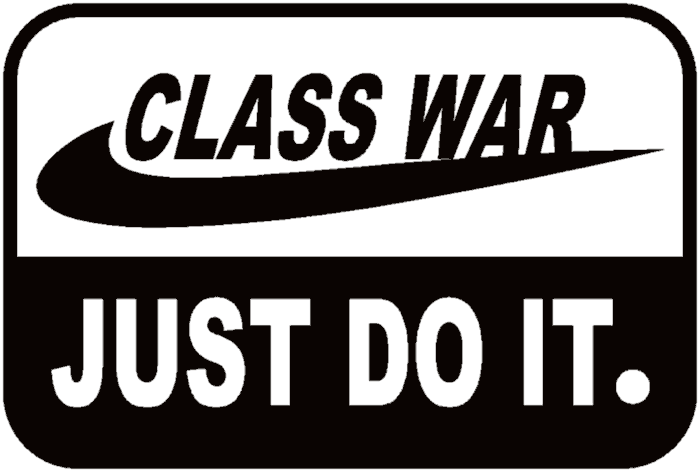Repost from "Common Dreams":
January 12, 2012 was the 100 year anniversary of the 'Bread and Roses' textile workers Strike in Lawrence, Mass. The dire conditions leading up to the strike remind some of the current socio-political climate and offer lessons for workers' struggles today.
The Boston Globe reports today:
Steve Early recently examined contemporary Lawrence for In These Times:
Read more »
 |
| Bread and Roses Strikers March |
The Boston Globe reports today:
The action, known as the Bread and Roses Strike, not only called attention to horrific conditions in the mills, but also to the concentration of wealth and power in the United States, an issue that 100 years later would spur protesters to Occupy Wall Street, Boston, and other cities across the country.
The essence of the Lawrence strike resonates loudly in today’s Main Street vs. Wall Street fight, with income disparities brought to light by the 1912 walkout reexamined through the lens of high unemployment, a shrinking middle class, and the view that most economic benefits have flowed to the wealthiest Americans. [...]
The desperation that drove poor textile workers to abandon their jobs for the picket lines is echoed in the frustration that drove people to camp out in financial districts across the country.
James Green, a labor historian at UMass Boston, sees similarities to the 1912 uprising in many recent events, not only in the Occupy movement but in the Tea Party, the aggressive tactics of striking Verizon workers last summer, and customers railing against new Bank of America fees.
Steve Early recently examined contemporary Lawrence for In These Times:
Lawrence remains a city of the working poor, better known for its sub-standard housing, high unemployment, political corruption, and troublesome street crime. Ninety percent of its public school students are Hispanic and few speak English as a first language. Although not condemned to factory work at an early age, these children struggle to learn under tenement-like conditions. A recent report by the teachers’ union describes “crowded classrooms and physical infrastructure in distress: leaking roofs, poor air quality, persistent mold problems, crumbling walls and rodent infestation.” Demoralized teachers have been working without a new contract for two years; student performance is so dismal that a state take-over the school system has been actively considered.When worker solidarity prevailed over corporate power in the icy streets of Lawrence a century ago, it made the promise of a better life real for many. The Bread and Roses strike became a consciousness-raising experience, not only for textile workers and their families, but the nation as a whole. Nevertheless, at centennial events in Lawrence over the next several months, it will be hard not to notice that many immigrant workers there still lack “bread and roses”—in the form of living wage jobs, affordable housing, and better schools.But that injustice will not be cured until U.S. workers and their allies, in Lawrence and elsewhere, find a way to make history again, not just celebrate it.
Writing for Common Dreams last week John de Graaf and David Batker remind us:
The strike is commonly referred to as the “Bread and Roses” strike, because some women were said to have held up a banner declaring, “We want bread, and roses, too!” [...]Hearts starve as well as bodies. We do not live by bread alone. It’s an old message with wellsprings deep in our religious traditions, and one the Bread and Roses centennial calls back to our attention. And it’s a message we should not forget.
***
Here's another interesting article from the "Washington Post":
Study: Americans believe conflict between rich, poor is growing
About two-thirds of the public now believes there are strong conflicts between the rich and poor in America, making class a likelier source of tension than traditional flash points of race or nationality, a study from the Pew Research Center found.
“It is kind of amazing,” said Richard Morin, a senior editor at Pew who authored the study. “This is people not only sensing conflict, but people sensing an intensity of these conflicts — that’s what makes it striking and politically important.”





